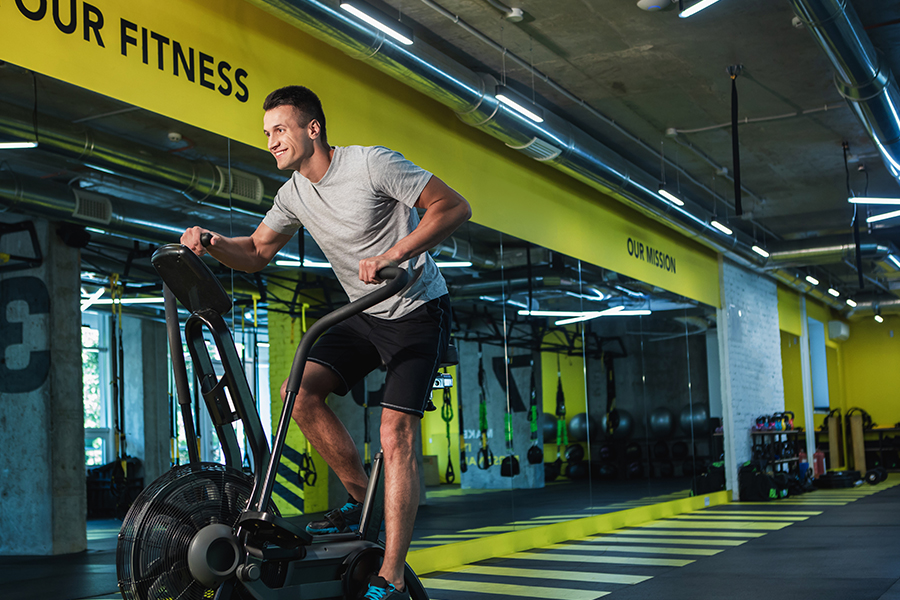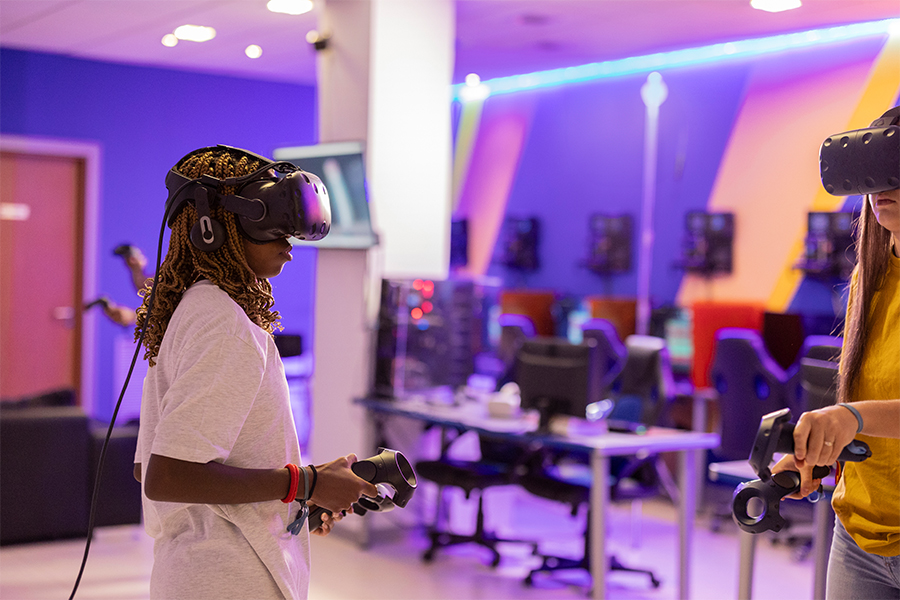Individuals & Families
- Volunteer for events and youth activities.
- Become a monthly donor or round-up supporter.
- Share your skills (tutoring, arts, tech, trades).
Action: Take Action Now
I'm currently accepting intern and partnership applications. - Founder, Kimberley Griffin Dismiss
These companies support Lead Roadrunner and Founder, Kimberley Griffin, with an affiliate relationship during this unique worldwide culture campaign. For a more supportive role in this campaign, consider a full marketing partnership by committing to a campaign plan, utilizing Nest interns.
Roadrunners are known for escaping predators on foot, relying on speed and strategy rather than flight. In the same way, Roadrunners’ Nests prepare youth to “soar” in life—even though the bird itself does not fly. Our communities nurture mind, body, and soul, drawing on the powerful symbolism of the roadrunner’s X-shaped tracks. Native Americans viewed these tracks as protective symbols, since their unique shape confuses predators about the bird’s direction. This enduring symbol reminds us that resilience, cleverness, and spirit provide guidance and safety.
At the heart of every Roadrunners’ Nest is its youth—affectionately called nest babies. Each nest baby grows in an environment built for protection, support, and empowerment. The Roadrunners’ Nest mission is to work hand in hand with communities to create safe, supportive spaces where these young people can grow, heal, and unlock their potential. Every Nest is designed as a haven for human development—fostering confidence, resilience, and healthy living. By encouraging nest babies to step beyond rural limitations and social conditioning, we open pathways to greater opportunities for education, growth, and meaningful social contribution.
As nest babies venture outward from their community Nest, they carry with them the courage and preparedness to make a difference. They become not only stronger in themselves, but also catalysts for change—leaving ripples of positive impact that extend far beyond their own lives. This transformation accelerates both their personal journey and the advancement of humanity as a whole.
A Roadrunners’ Nest isn’t just a youth space—it’s a long-term investment in your local talent pool and community. By equipping young people with technical, creative, and leadership skills, Nests create a steady stream of motivated, work-ready individuals who are more likely to stay in the community, contribute to the local economy, and support employer growth.
When youth are supported, crime drops, retention improves, and neighborhoods thrive. For CEOs, Mayors, and business leaders, this translates into a healthier workforce, higher property values, and stronger consumer bases. Nests give companies a visible way to demonstrate social responsibility while also benefiting from the ripple effect of safer, more prosperous communities.
Backing a Roadrunners’ Nest positions you as a leader who invests in the future. For Mayors, it signals commitment to public safety and family wellbeing. For corporations, it builds brand trust and community loyalty. For small businesses, it creates grassroots goodwill and customer relationships. Public involvement in a Nest shows stakeholders you care about more than profits—you care about people.
Healthy spaces for Roadrunner babies.
Roadrunners’ Nests breed culture within rural communities while also sourcing in fundamentals for human advancement. The nests incite locals to participate and help crowdfund this unique safe space for their own children, and their neighbors’ children. This culture campaign also invites worldwide companies to join in showing their support for human advancement in rural areas by donating items from their companies. Every participant in our culture campaign receives a valuable backlink to their website sharing ranking value along with a roadrunner print to display in the footer of their site showing participation. Local businesses receive help with business startup tasks and receive a one-page landing website for their unique participation.
Learn what our roadrunner babies need most by viewing our regular ongoing wishlist of necessities, goodies, and supplies for expansion. Make sure you see what a nest needs before it can open: building materials, construction, maintenance agreements with locals, washers & dryers, gym facility with showers, beds, restaurant grade kitchens, landscaped garden space, drilled well, solar panels.
Roadrunners’ Nests build a culture of care in rural communities while bringing the foundational resources youth need to thrive. Our campaign mobilizes local residents to co-fund safe, healing spaces for their children and their neighbors, and invites companies worldwide to contribute in-kind support. There’s an internship program model positioning Nest Interns as influencers and affiliates. Participants are publicly recognized with a quality backlink and a roadrunner badge for their site footer, while local businesses also receive startup guidance and a one-page landing site highlighting their role.
Leaders, neighbors, and partners who believe investments should directly shape the future of children and their communities.
Volunteer at events, help with youth programs, or join a local Nest committee.
Mentor, teach workshops, offer pro-bono services (design, legal, accounting, tech).
Give once or monthly, match employee gifts, or sponsor a Nest space.
Provide a room, lot, or facility hours for programs, pop-ups, or storage.
Donate materials, gear, food, books, laptops, sports equipment, or tools.
Action: Take Action Now
Action: Partner with Us
Action: Explore School Partnerships
Action: Collaborate Locally
Action: View Targeted City Demographic
Action: Support Youth Wellness
Action: Sponsor a Nest
Action: Join the Build Team
Action: Offer a Site
Participation and partnerships are voluntary and coordinated with local policies. Program offerings may vary by site.
See how Roadrunners’ Nest creates safe, supportive spaces for youth and families.
Pick the path that fits: donor, volunteer, business partner, or community leader.
Give funds or in-kind resources to accelerate a Nest where it’s needed most.
Tell friends, neighbors, and colleagues. Your voice expands our impact.
Start the conversation with local leaders and begin the readiness review.
| Category | Metric to Collect | Pass / Target Standard |
|---|---|---|
| Population scale | Total population (city limits) | 2,500–15,000 residents |
| Age structure | Median age | ≥ state median (older or mixed-age acceptable; tailor programs accordingly) |
| Household income | Median household income | ≤ state median (indicates economic need for services and workforce programs) |
| Poverty | Share of residents below poverty line | ≥ 15% (elevated need threshold) |
| Home stability | Homeownership rate | ≥ 65% (signals community rootedness/volunteer base) |
| Commute & mobility | Mean commute time | 20–35 minutes typical (auto-dependent; plan for limited transit) |
| Primary industries | Largest employment sectors | At least one anchor sector plus public/health presence (partnership potential) |
| Education / training | Local technical college, CTE, or workforce program | Preferred: identifiable credentialing/training partner within the region |
| Highway access | Proximity to U.S. or State highway | Must: within city limits or ≤ 5 miles |
| Traffic evidence | DOT AADT counts for main corridor(s) | Must: published AADT available to quantify pass-through traffic |
| Tourism / corridor | Adjacency to scenic byway, regional artery, or visitor draw | Preferred: corridor that brings non-local traffic (tourism, regional shopping, events) |
| Regional proximity | Distance to major city and big-box anchor | Must: community is ≤ 75 miles of a major city and has a Walmart in town or ≤ 15 miles |
| Retail anchor | Walmart presence (store or Supercenter) | Must: Walmart present to support supply drives, visibility, and foot traffic |
| Collaboration capacity | Active partners across city, schools, nonprofits, health, and business | Must: identifiable multi-sector partners willing to co-operate |
Keep up to date on the communities we reach, new initiatives, progress, and successes.
Roadrunners’ Nest creates safe, supportive spaces that nurture youth development in rural communities. Each Nest helps young people grow, build confidence, and access greater opportunities for learning and contribution. The initiative fosters a culture of care by mobilizing local residents and global partners to co-fund spaces, while also supporting local businesses with recognition, guidance, and startup resources.








Let's together raise healthier and happier people.

I’m inviting private citizens, school staff, churches, City officials, large companies and small companies to participate in the Roadrunners’ Nest’s culture campaign. – Founder, Kimberley Griffin
First, review the Culture Campaign Nest Model to see if you’re interested in using it, and even modifying it for City use.
Then, visit the Request a Nest. The request a nest page lists basic requirements that determine if your town meets basic criteria for consideration.
If you’re extra interested and simply a human wanting to promote change, share this business model with your city. Encourage them to reach out to Roadrunners’ Nest.
For council leaders, the proposed startup budget and framework serve as a talking piece during formal meetings. It allows everyone to compare what resources are already available within your city — such as facilities, land, or staffing — with what gaps remain while also identifying any unique City needs.
Roadrunners’ Nest founder, Kimberley Griffin, meets with your city to review and discuss how much of the Nest can be supported internally and areas requiring external investment or partnerships.
Talk to City board members, council members, officials, counselors, the city attorney’s office, and more.
However, if you want to have anyone seriously consider a Culture Campaign Nest Model where it may be heard and implemented, you can share it with the city’s mayor. If that’s not successful, then you can create social posts sharing this page using hashtags and inviting your friends and family to share this new campaign model for community growth.
Your Social Posts Need Hashtags:
A) Use hashtags for the nest: #roadrunner #roadrunners #growthspaces #community #youth #techcenters #safespaces #learning #growing #bettertogether
B) Use hashtags for your community and friends (replace the words with your local terms): #cityname #state #county
If you are trying to think of a creative way to host a nest space in your city, consider bringing up topics such as the following when determining where to place a nest within a city and how each prospective location offers different limitations or benefits.
Short answer: Nests lower the cost of essential services for families and lower the operating risk for the City by pooling resources, reusing underutilized assets, and creating steady, local revenue streams. The result is cost containment for the municipality and cost relief for residents even when prices rise elsewhere.
Short answer: Nests turn a rural city’s place into a platform—for talent, small business, health, and culture. They keep young people, attract families and remote workers, and convert community pride into measurable economic and civic gains.
Companies not local to a Nest benefit by gaining access to trained interns and young professionals who provide marketing, technology, and creative services at a discounted rate. This arrangement allows corporations to lower costs, diversify their talent pipeline, and tap into authentic rural voices that resonate with broader audiences.
By linking global companies with local talent, Nests act as economic bridges. They provide students and interns with real-world experience while offering businesses — both near and far — affordable, innovative services. This synergy ensures that corporate partners see direct returns on their engagement while rural cities gain recognition as centers of innovation and cultural contribution.
| Local Companies | National/Global Companies | |||||||||||||||||||||||
|---|---|---|---|---|---|---|---|---|---|---|---|---|---|---|---|---|---|---|---|---|---|---|---|---|
| Community-backed support and visibility. | Grassroots authenticity for national campaigns. | |||||||||||||||||||||||
| Discounted marketing and tech services from interns. | Affordable marketing and digital services compared to agencies. | |||||||||||||||||||||||
| Faster modernization to compete at larger scales. | Diverse, innovative talent pipeline outside major cities. | |||||||||||||||||||||||
|
| Traditional College Path | Nest Internship Path |
|---|---|
| Requires tuition and student loans, often leading to long-term debt. | Hands-on training provided at little to no cost, avoiding heavy debt. |
| Academic learning may not always translate directly into workplace skills. | Real-world experience with businesses, building job-ready skills. |
| Networking opportunities limited to peers and professors. | Direct connections with local businesses, global companies, and mentors. |
| Graduates may face difficulty finding relevant jobs immediately after school. | Interns leave with portfolio work, references, and industry credibility. |
| Focus on theory and delayed career entry. | Immediate entry into the workforce with proven experience. |
A percentage lease is a rental agreement where a tenant pays a lower base rent plus a small percentage of the revenue earned in the space. For a Nest startup, this model dramatically reduces upfront costs while allowing the property owner to share in the long-term success of the project.
Percentage leases make Nests more financially feasible by turning real estate agreements into partnerships. Instead of being a burden, property costs become an incentive structure that encourages property owners, cities, and community leaders to work together. This approach ensures that startup expenses are manageable, while providing a scalable way to expand cultural, educational, and youth development initiatives across rural communities.
Properties for sale by owner (FSBO) create unique opportunities for Nest development because negotiations are more flexible, direct, and community-centered. Without the added layers of brokerage fees or corporate property management, councils and community leaders can work directly with owners to achieve mutually beneficial agreements that reduce costs and accelerate timelines.
FSBO properties give rural towns and small cities a cost-effective, flexible pathway to launch Nests. By working directly with property owners, leaders can reduce barriers to entry, foster stronger community ties, and transform unused real estate into productive hubs that drive culture, youth development, and economic growth.
Donated land is one of the most powerful ways to support a Nest because it immediately removes one of the largest startup expenses: property acquisition. By eliminating this barrier, more resources can be directed toward programming, staffing, and community services that directly benefit residents.
Donated land transforms the financial model of a Nest from the very beginning. Instead of being slowed down by one of the largest barriers — land acquisition — councils can prioritize the long-term goals of youth development, cultural growth, and economic revitalization. It’s a clear signal to outside partners that the city is serious, prepared, and invested in creating sustainable spaces for its people.
| Purchased Land | Donated Land |
|---|---|
| Requires significant upfront capital investment. | No acquisition cost — funds go directly into programs and staffing. |
| Delays project timelines due to funding and approval processes. | Accelerates timelines since land is secured from day one. |
| Creates ongoing financial strain through mortgages or debt service. | Ensures long-term sustainability with no land debt obligations. |
| Provides no inherent community signal beyond purchase. | Demonstrates civic pride and builds trust with residents and investors. |
| Limits early program scope due to diverted startup funds. | Maximizes programming and staffing capacity from the start. |
Let us know you want a nest in your county. We learn and grow together, making it better for everyone. In the meantime, this is how you can help get things started in your community!
Promotion text goes here. So, make it good.
No products in the compare list